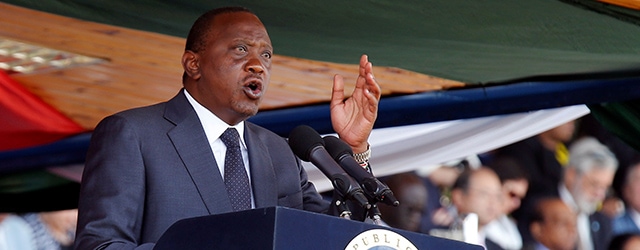Kenya has seenstrong economic performance and a growing middle class under Kenyattaover the past decade

Following days of protests and election fraud allegations by the head of the Kenyan opposition, Kenya reelected Uhuru Kenyatta as president on August 11.
In the past decade, under Kenyatta’s leadership, Kenya has enjoyed average annual real GDP growth of 5.7%, making it one of the fastest emerging economies in the world. Kenya’s middle class is also growing, as incomes rise.
The country has implemented reforms in recent years that have raised public investment in energy and transportation, ramped up construction activity, created a more dynamic private sector and a vibrant services sector, increased currency stability and lowered inflation and fuel prices.
The World Bank projects 5.5% GDP growth for Kenya in 2017, despite high levels of public debt (54% of GDP) and a fiscal deficit that exceeds 10% of GDP. Recent droughts and high unemployment have also been a drag on growth. Kenyatta will have to bridge the gap between his election promises—including higher spending on infrastructure and education services—and looming economic realities.
The better economic performance of other countries in the region, such as Ethiopia and Tanzania, reflects the changing financial landscape of East Africa. According to an International Monetary Fund report, Ethiopia overtook Kenya as the largest economy in the region in 2016, with the total value of goods and services produced annually reaching 7.4 trillion Kenyan shilling ($71 billion), compared with Kenya’s 7 trillion shilling.
Yet, Kenya still serves as a leading strategic corporate hub, serving many of its neighboring economies. “Continued progress along the path of East African integration will mean that companies with operations in Kenya will find it increasingly easy to expand into neighboring markets, virtually all of which offer growth potential few others can match,” notes analyst firm Control Risk in its Kenya country view.
Kenya’s central bank is partially to blame for the country’s new economic challenges: Its 2016 Banking Act caps lending rates at a maximum of four percentage points above the central bank benchmark rate of 10.5%, resulting in limited lending and corporate growth.



